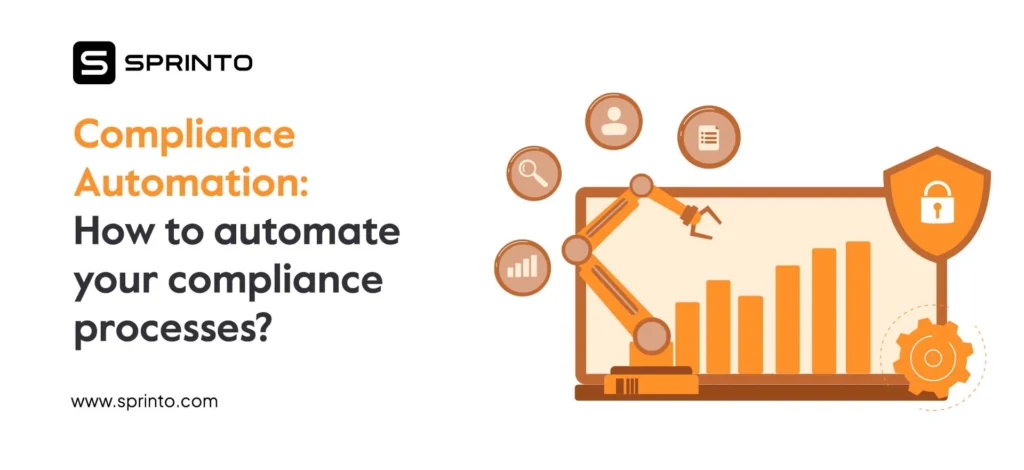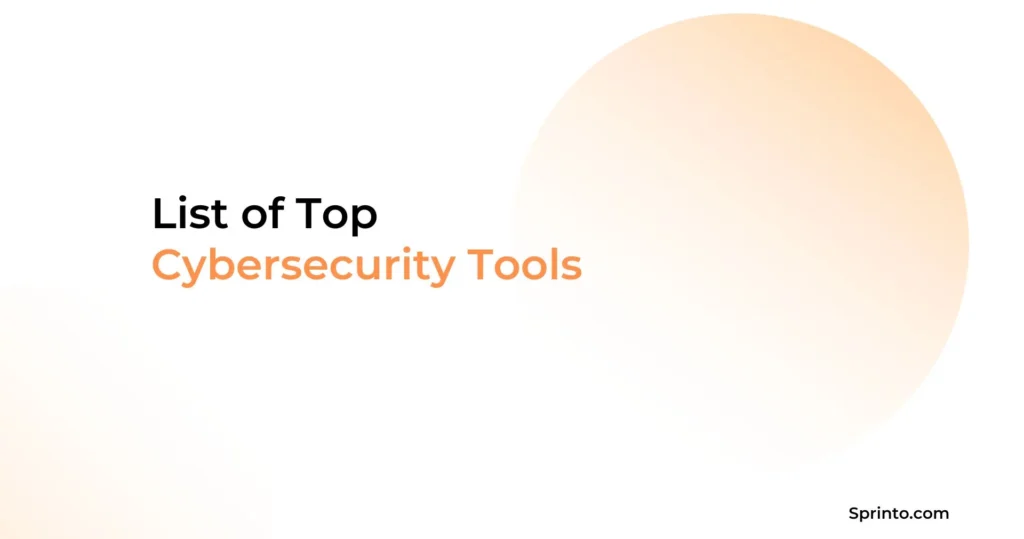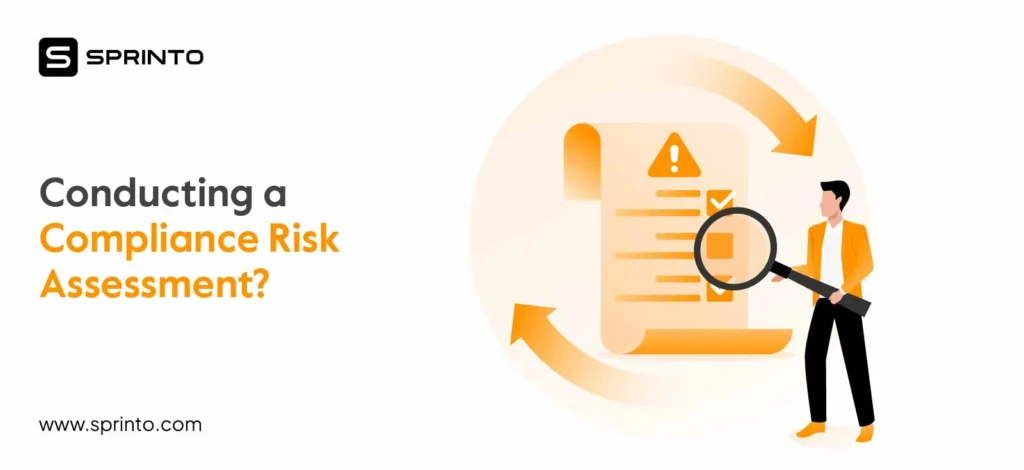Audit preparation can feel overwhelming, but it doesn’t have to be. The stress usually comes from last-minute scrambling, missing documents, and unclear responsibilities.
To minimize stress, treat it like an ongoing habit, not a fire drill. When you organize things ahead of time, assign clear owners, and build reliable processes, audit readiness becomes much more manageable.
In this article, we’ll explain audit preparation, the different types you need to prepare for, the must-have requirements, and a step-by-step process to help you stay ready.
| Audit prep gets easier when you stay ready year-round with clear documentation, organized records, and a team that knows what to do. |
| Key audit preparation types include internal, external, financial, and IT audits. |
| Follow a few best practices, automate where you can, centralize everything, and keep your organization’s communication channels open. |
What is Audit Preparation?
Consider audit preparation as getting your house in order before auditors arrive to check how you run things. It’s the process of reviewing your policies, controls, and records to ensure everything’s clear, accurate, and easy to explain.
When done right, audit prep helps your team answer questions without scrambling, find evidence without digging, and show auditors that you’re on top. And it’s not just a once-a-year drill; it’s a habit that builds confidence, clarity, and trust across your organization.
What are the Types of Audit Preparation?
Audit preparation isn’t a one-size-fits-all approach. It depends on the kind of audit you’re heading into. But most of the time, it’ll fall into one of these buckets:
1. Internal audit prep
The internal audit process is about checking your house before anyone else does. Your teams will document how your processes run, whether controls are working, and pinpoint risky areas.
It’s less about catching mistakes and more about tightening things up. Teams usually run walkthroughs, test, log their findings, and fix whatever’s broken to prepare for bigger audits.
2. External audit prep
Now it’s game time. If you’re going for certifications like SOC 2, ISO 27001, HIPAA, or PCI DSS, external audits are how you prove you’re doing things right.
Here, compliance and IT teams pull together proof, map it to framework requirements, and make sure it all matches what the auditors will ask for. The goal is to devise a clean, structured trail that’s easy to follow and ticks all the compliance boxes.
3. Financial audit prep
When it comes to financial audits, it’s all about the numbers making sense. Your finance team(s) should close the books, double-check the records, and gather supporting documents.
If something’s off or missing, it’ll slow things down. So stay organized, be on time, and ensure your reports are accurate. A clear naming system, easy-to-find files, and solid timelines make a big difference.
4. IT/compliance audit prep
For this one, your tech stack is under the microscope. GRC, security, and IT folks review how systems are set up, whether policies are enforced, and if controls are working. They’ll test logins, review access controls, check encryption, and walk through incident response steps. The stronger your logging and automation, the easier it is to show auditors you’ve got things under control.
Audit Preparation Requirements
Although an auditor is key, good audits start with how you run things every day. From documentation to responsiveness, these core habits can make or break your audit readiness:
1. Clear documentation
Start with the basics: your documents must be clean, current, and easy to find. Whether it’s a policy, procedure, or risk assessment, ensure it’s mapped to a control and appropriately versioned.
Don’t just stash things in random folders. Keep everything organized and accessible in one place.
2. Accurate records
Everything you do should leave a trail. Changed a config? Approved access? Ran a test? Log it along with timestamps, who did what, and why. You want a system that handles audit logs correctly, but, more importantly, a team that’s consistent in how they record stuff.
3. Timeliness
Being late with evidence or missing internal deadlines slows everything down. Set your team’s timeline ahead of the audit schedule and flag anything falling behind early. The faster you prep, the less stress your team will face.
4. Transparency
Make it easy for auditors to see how things are going. Use dashboards or tools that clearly show what’s working, what needs fixing, and who’s handling what. If they don’t have to dig, the whole audit moves faster.
5. Traceability
Everything you submit, from a report, screenshots, and logs, should clearly tie back to a control. Keep things labeled and referenced. That way, if someone asks for context or a follow-up, you won’t have to spend time or effort figuring out where it came from.
6. Responsiveness
Sadly, audits aren’t just “send and forget.” You’ll need to be prepared for follow-ups, since how fast you respond makes a big difference. Assign clear owners for each area so nothing gets stuck in limbo. Quick replies keep the process smooth and show that you’re on top of things.
7. Efficiency
Don’t overcomplicate things. Do it if you can automate a task, such as evidence collection or control checks. To avoid duplicating efforts across teams, sync up early and use a central system to track your team’s progress.
8. Structure
If everyone’s doing their own thing, it’ll show. Use templates, timelines, and tracking boards so the whole team knows what to do and when. A structured approach today will make future audits much easier.
Step-by-Step Process to Prepare for Audits
When you follow a real process, the audit preparation gets easier. Check out the steps below to tackle it from beginning to end:
1. Understand the audit scope
Know what’s being audited, the framework, the controls, the time period, and the team responsibilities. Align expectations with the auditors in advance.
2. Review previous audit findings
Look at past reports to identify unresolved issues. Address gaps early to show continuous improvement.
3. Assign roles and build a task list
Involve key stakeholders, compliance, IT, HR, legal, and finance. Assign ownership of tasks and deadlines to prevent last-minute panic.
4. Organize documentation
Centralize all policies, procedures, vendor agreements, access logs, and training records. Ensure everything is current and accessible.
5. Perform internal control testing
Run internal audits or dry runs to validate controls, test workflows, and simulate auditor queries.
6. Coordinate evidence collection
Gather audit evidence in one place: screenshots, logs, reports, and training certifications. Ensure all items are timestamped, labeled, and tied to relevant controls.
7. Conduct mock interviews
Train team members who will face auditor interviews. Build confidence and ensure consistent responses.
8. Review and finalize the audit package
Cross-check for missing files, broken links, or outdated policies. Lock in your audit-ready package before sharing access.
Best Practices for Effective Audit Preparation
Smart audit prep is about working smarter with the right people and tools. The best teams don’t wait for the audit clock to start ticking. They stay ready year-round. Here are a few best practices to help you out:
1. Start early and prep regularly
If you kick off prep only a few weeks before the audit, you’re already behind. Strong teams run monthly check-ins, keep their policies versioned, and test their controls on a rolling basis.
This way, you can avoid last-minute chaos. Also, keep an audit log running in the background. It records who changed what and when — that stuff’s gold during reviews.
2. Automate whatever you can
Manually pulling evidence from different tools can be painful and risky. Integrate your audit tooling with systems like your cloud provider, ticketing platform, or HR software.
When things are automated, evidence gets collected in real time, nothing slips through the cracks, and you cut down on human error.
3. Put everything in one place
Jumping between spreadsheets, long email threads, and Slack pings can be messy. To make your life easier, opt for a centralized GRC setup.
It’ll bring together all your policies, evidence, owners, and auditor access. Plus, you reduce tool bloat, speed things up, and keep everyone on the same page, from security to legal.
4. Get your documentation in shape
Auditors want things to be neat and tidy. Stick to clear naming, versioning, and standardized templates for everything, including policies, risk logs, and control mappings.
When things are labeled and structured correctly, they are easier to find and link to the right compliance frameworks.
5. Keep the comms flowing
Silence kills audits. Share timelines early, keep stakeholders in the loop, and check in often. Weekly internal syncs help spot blockers and move faster.
And with auditors, the earlier you align on scope and expectations, the fewer surprises you’ll face later.
Always Be Audit-Ready with Sprinto
Audit preparation doesn’t have to feel like chaos. With a structured plan, clear documentation, and the right tools, you can turn audit readiness into your business’ strength.
Sprinto is built to sort out the chaos in audit prep. It auto-collects evidence, maps controls across frameworks, and gives real-time visibility into your compliance posture. The best part, though? You won’t have to chase tasks or second-guess your organization’s audit readiness.
With Sprinto, you get:
- Automated evidence collection across frameworks
- Real-time compliance dashboard
- 20+ native integrations + Open API
- Role-based access and audit logs for traceability
- Zero-touch audit readiness with custom checklists
- Auditor access and shareable compliance posture
Whether it’s SOC 2, ISO 27001, GDPR, or HIPAA, Sprinto makes staying audit-ready a default state, not a deadline.
FAQs
1. How do I prepare for an audit?
Start by understanding your audit scope, gathering documentation, assigning responsibilities, and conducting internal checks. Automating control monitoring can simplify much of the process.
2. What documents are needed for an audit?
It depends on the audit type, but commonly needed documents include security policies, access logs, risk assessments, vendor contracts, and employee training records.
3. How to create an audit preparation checklist?
List all audit controls, required evidence, task owners, and deadlines. Use templates or audit tools like Sprinto to keep it organized and trackable.
4. How long does audit preparation take?
Prep time varies, but typically ranges from two to six weeks depending on organization size, documentation maturity, and whether you’re using automation tools.
5. What is the difference between internal and external audit preparation?
Internal audits help you tighten up your processes. They’re more flexible and focus on finding gaps before someone else does. External audits are formal, run by third parties, and used to prove you’re compliant with standards like SOC 2 or ISO 27001.
Sriya
Sriya is a strategic content marketer with 5+ years of experience in B2B SaaS, helping early- and growth-stage companies build and scale content engines from scratch. She specializes in long-form storytelling, thought leadership, and content systems that grow traffic and drive pipeline. Passionate about solving messy, early-stage challenges, she loves figuring out what to build, how to say it, and who it’s for.
Explore more
research & insights curated to help you earn a seat at the table.



















